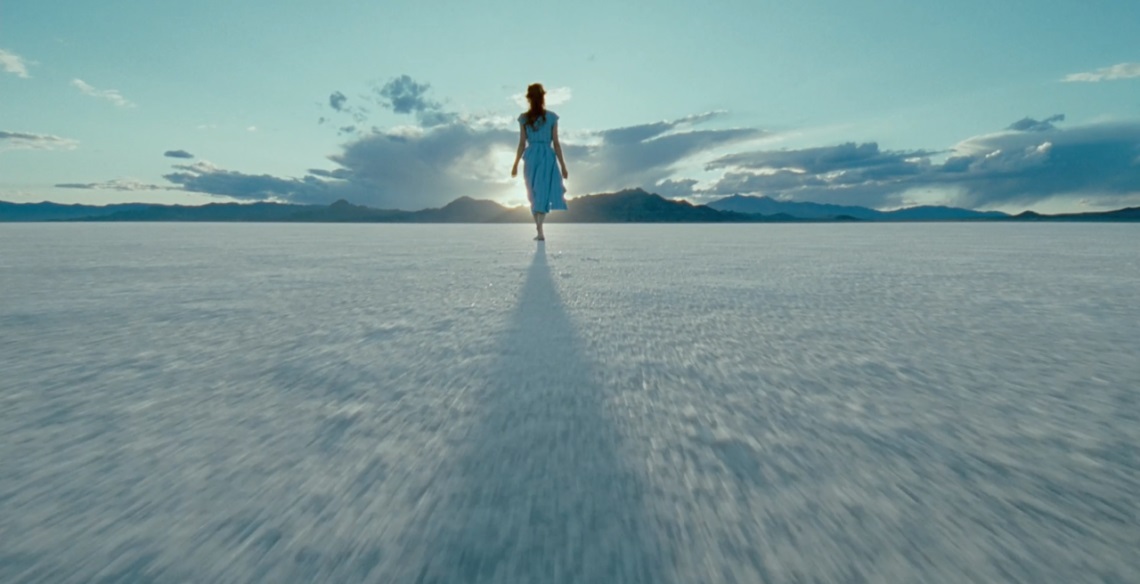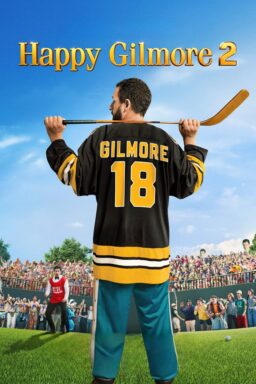This feature is a part of a series on the best films of the 2010s, resulting from our ranked top 25, which you can read here. This is #1.
Cinema history is filled with movies that try to combine the mundane and the cosmic, but few do it with as much sincerity and showmanship as “The Tree of Life,” our choice for the best film of the decade.
Terrence Malick’s epic drama is built around scenes of a middle-aged architect, Jack O’Brien (Sean Penn), recalling his childhood in 1950s suburban Waco, Texas, with a generous and empathetic mother (Jessica Chastain) and a closed-off, sometimes abusive father (Brad Pitt). The editing suggests how the human mind perceives time: nonlinear, tied to emotions and present-tense triggers, flashing in and out of the past so gracefully that linear time itself begins to seem like an arbitrary construct, designed to help an unevolved species process a universe whose workings are too complex to comprehend otherwise. As if the quicksilver sense of time weren’t ambitious enough, “The Tree of Life” detours from its main story to imagine the creation of the universe and the evolution of life on earth (including the rise and fall of the dinosaurs), and sometimes injects otherwise realistic representations of the narrator’s life with expressionistic or surreal images, such as the mother seeming to levitate (evoking Andrei Tarkovsky’s 1975 film “Mirror”).
The movie’s poetic voice-over narration has been much-parodied over the years; “Father, mother, always you wrestle inside me” has become a go-to joke among film buffs, usually at the expense of films vastly less intelligent and daring than Malick’s. But the cast’s unpretentious, open-hearted performances anchor the experiments (this was the movie that confirmed Chastain as a movie star, and Pitt as a mature character actor with gravitas), and Malick’s fusion of semi-improvised drama and spontaneous yet elegant camerawork (overseen by director of photography Emmanuel Lubezki) fills “The Tree of Life” with a different sort of suspense than we’re used to seeing when we go to movies: the feeling that something truly magical could happen at any given second—not just a grandiose flourish such as a re-creation of the big bang and the formation of galaxies (actually chemicals interacting in a petri dish, under the watchful eye of “2001: A Space Odyssey” visual effects supervisor Doug Trumbull) but an everyday moment of grace that any of us could experience, such as the scene where the camera follows a butterfly as it alights on Chastain’s wrist.

Malick’s sincere interest in the mysteries of personality and the universality of the cradle-to-grave journey makes “The Tree of Life” a film to savor, revisit, and reflect upon. This was the director’s first new film in six years, and harbinger of a period of explosive productivity that ran from “To the Wonder” to the current, similarly impressive “A Hidden Life.” But it was also his most popular film overall, playing in multiplexes to packed auditoriums alongside films about superheroes and robots. This was a remarkable turn of events considering the film’s complexity and ambition—and perhaps proof that the entertainment industry’s sorry estimation of what mass audiences can handle is more about its own laziness and lack of imagination than the needs or wants of actual ticket buyers.
While the film would have occupied its top spot in this poll anyway, owing to its citation on so many RogerEbert.com critics’ ballots, our own emotional memory compels us to mention here that “The Tree of Life” was one of the last cinematic passions of our site’s founder, Roger Ebert. He wrote about Malick’s masterwork repeatedly, most notably in a four-star review and a “Journal” entry titled “A Prayer Beneath the Tree of Life.” “I don’t know when a film has connected more immediately with my own personal experience,” be wrote his his review. “In uncanny ways, the central events of “The Tree of Life” reflect a time and place I lived in, and the boys in it are me. If I set out to make an autobiographical film, and if I had Malick’s gift, it would look so much like this. His scenes portray a childhood in a town in the American midlands, where life flows in and out through open windows. There is a father who maintains discipline and a mother who exudes forgiveness, and long summer days of play and idleness and urgent unsaid questions about the meaning of things. The three boys of the O’Brien family are browned by the sun, scuffed by play, disturbed by glimpses of adult secrets, filled with a great urgency to grow up and discover who they are.” Then, in his conclusion, Roger writes: “We were created in the Big Bang and over untold millions of years, molecules formed themselves into, well, you and me. And what comes after? In whispered words near the beginning, ‘nature’ and ‘grace’ are heard. We have seen nature as it gives and takes away … We also see how it works with time, as grows into a middle-aged man. And what then? The film’s coda provides a vision of an afterlife, a desolate landscape on which quiet people solemnly recognize and greet one another, and all is understood in the fullness of time.”
“Tree of Life” is a film about the experience of being alive and the wonder of realizing how you (and the whole species) got to a place where you could contemplate your existence, and its radiant smallness in the canvas of time and space. And yet these qualities, along with the film’s more involved considerations of spirituality, gender conditioning, and the obligations of parents to children, are nestled organically within a work that can be appreciated as pure spectacle: an example of what the film scholar David Bordwell once called a “concert film,” in that you respond to it viscerally as well as emotionally, like a thunderous composition that you feel in your marrow.












